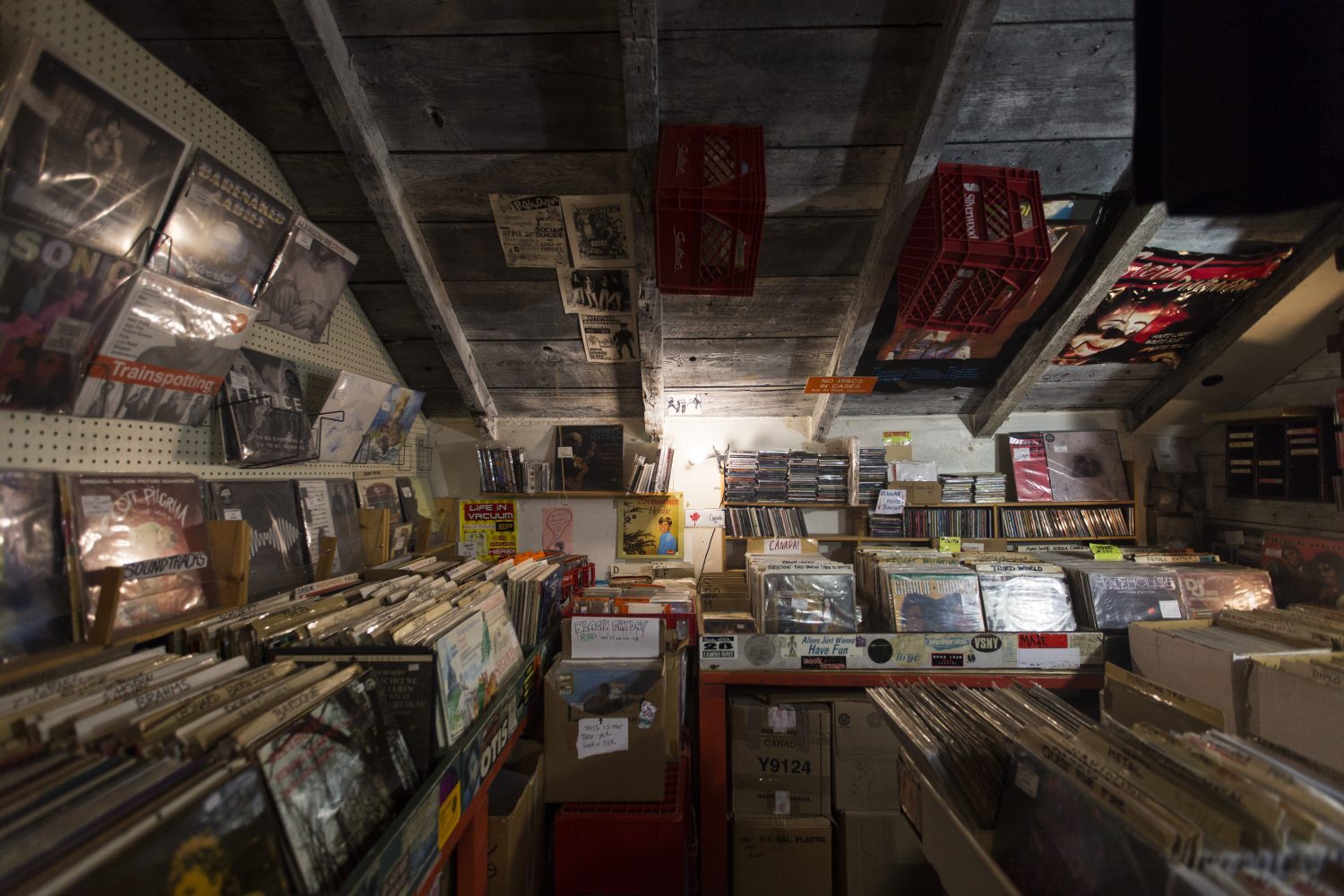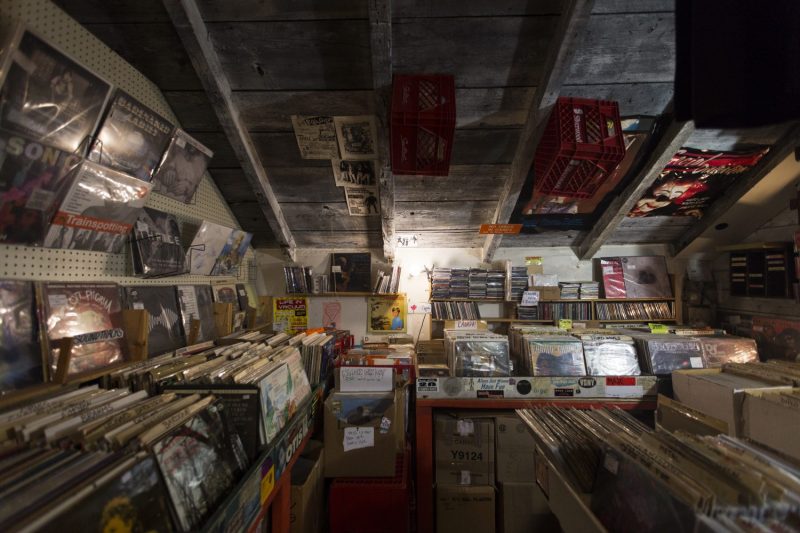Rise in vinyl record popularity may be here to stay


There’s an incredible correlation between an increase in availability and a degradation of value. During the Great Depression, children were excited to open their stockings on Christmas morning and find an orange inside: it was a rare, tropical delicacy, dripping with juicy sweetness.
Using the orange as a metaphor for music, streaming services are the modern supermarket: they offer a dirt-cheap, convenient way to listen and in bulk. Whether through Spotify or Apple Music, the average consumer turns to a compressed, cheap, convenient option to listen. It’s a smart way to combat piracy and remonetize the flailing music industry — all without using up too much data.
But there’s no significant hobbyist aspect. There’s no ownership. And more than anything, there’s no challenge or effort necessary in procuring additional content — a new album from a favourite artist is barely a few keystrokes away.
Over the past ten years, the digital marketplace, compounded by streaming, has caused the vinyl industry to enter a new sort of revival.
The vinyl record is the antithesis of what streaming represents. Where Spotify essentially offers continuous rentals, vinyl records give the status of ownership. Where Apple Music keeps art-work sequestered to the corner of the screen, vinyl records come in a 31.43 cm square, boasting a large version of the album cover, supplementary artwork and liner notes. Where TIDAL is available through any computer or internet enabled device, vinyl records actually require a physical exchange, which cultivates exterior relationships.
Events like the annual ‘Record Store Day’ are an exciting way to connect the hobbyist of music collectors over interesting, limited releases. They are a physical representation of the virtues of capitalism.But does vinyl sound better?
The answer really isn’t that simple. It’s an analog format — that means that the recording is directly pressed onto the disc, rather than being stored in code, like with streaming or CDs. Even when listening from the more quality-oriented TIDAL, the listener only receives the same sample-rates as a compact disc.
The reason for that is that a digital rendering of a recording is only a snapshot of pertinent information; the more tertiary noises are left out from the final file as it’s processed and shaved down to fit within a confined space. From an analog recording, the imprint of the entire sound is directly embedded into the grooves of the vinyl disc.
The issue here is that most modern recordings are made digitally, which immediately negates vinyl’s potential. While some artists like Jack White, Wilco and Radiohead have committed to analog, the direction of the industry has by necessity pulled them away from it: Radiohead’s newest album, A Moon Shaped Pool, uses both analog and digital techniques.
Perhaps the definition of these digital elements could sound better when pushed to vinyl, but the capacity of a high-resolution digital file is enough to theoretically carry the entire digitized sound — even if it would take more specialized equipment to properly listen to it.
While the argument could be made that this vinyl renaissance is about the sound quality, it’s worth realizing that it isn’t just vinyl that’s making a bit of a comeback: Charles Janzen, the co-owner of Orange Monkey Music, noted an increase in all sales.
“People are buying used CDs that they sold us five years ago,” he said.
To an extent, the vinyl resurgence can be credited to a better, more authentic sound. Janzen described the analog vibe of a vinyl record as “a lot warmer,” which certainly contributes to the value. But what could be more realistically argued is that it is the physical state of an object that reflects that additional value — the more transparent, tangible reflection of effort spent.
Strangely, the reward inherent to the inconvenience of vinyl is perhaps the most important factor when considering its current, elevated state.


